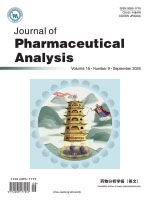2011 Vol. 1, No. 2
Display Method:
2011, 01(2): 81-91.
Abstract:
2011, 01(2): 92-99.
Abstract:
2011, 01(2): 100-103.
Abstract:
2011, 01(2): 104-107.
Abstract:
2011, 01(2): 108-112.
Abstract:
2011, 01(2): 113-118.
Abstract:
2011, 01(2): 119-124.
Abstract:
2011, 01(2): 125-134.
Abstract:
2011, 01(2): 135-138.
Abstract:
2011, 01(2): 139-142.
Abstract:



